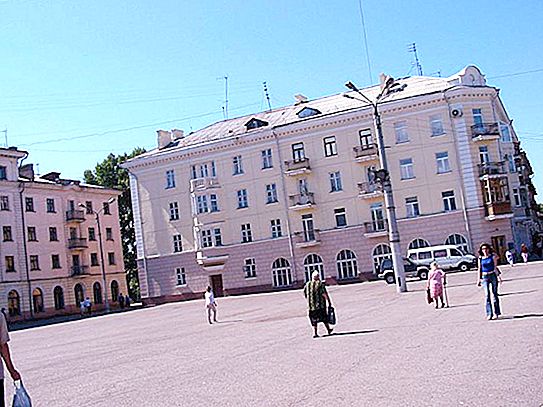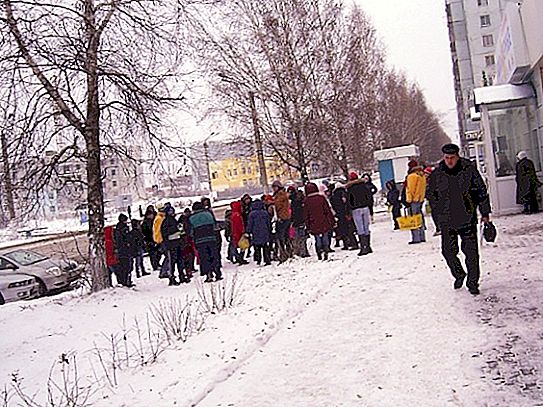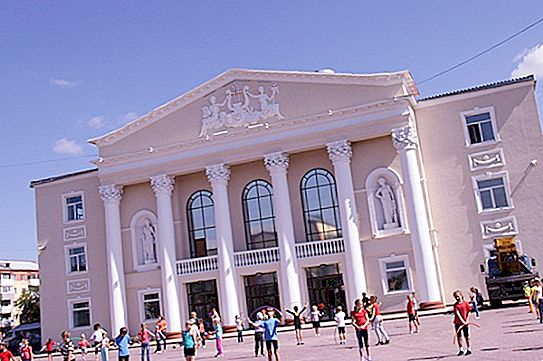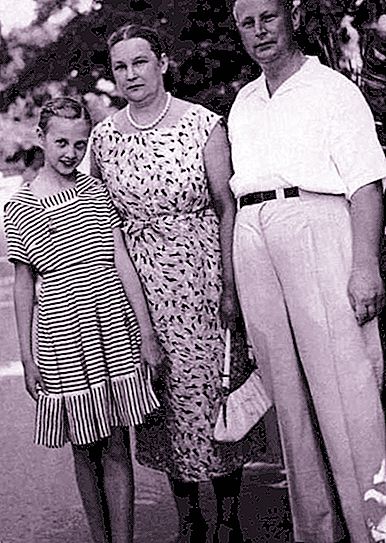Leninsk-Kuznetsk - one of the cities in the Kemerovo region. Large coal mining center. It is headed by the Leninsk-Kuznetsk district. It is one of the single-industry cities with an unstable socio-economic situation. The population of Leninsk-Kuznetsk is 96921 people. The situation with employment and quality of life is bad.

Geographical position
The city is located in the western half of the Kemerovo region, on the Ine River, which is one of the tributaries of the Ob River. Kemerovo is located 70 km north of Leninsk-Kuznetsk. The area of the city is 12.5 thousand hectares. The time zone corresponds to Krasnoyarsk time - this is 4 hours more relative to Moscow time.
The climate in Leninsk-Kuznetsk is continental and relatively severe. In winter, there are often severe frosts, and in summer - sharp cooling, but there may be heat. Such conditions cannot be considered favorable for human habitation.
Economics and Ecology
The primary importance for the city’s economy is mining. The most developed coal mining. And the presence of deposits of clay, sand and limestone creates the conditions for the production of bricks.
The ecological situation is not very favorable, which is mainly associated with the extraction and processing of fossil coal. The river Inya flowing through the city is very heavily polluted. In winter, pollution intensifies due to the burning of this type of fossil fuel in urban boiler houses.

Transport in the city is represented by buses and trolleybuses.
The population of Leninsk-Kuznetsk
The population dynamics curve is convex. The population of the city grew until the mid-sixties, after which it had unstable dynamics with an upward trend. However, from the beginning of the nineties there was a tendency to a decrease in the number of citizens, which is still relevant.
In 1926, the city was inhabited by only 20 thousand people, in 1962 - 140 thousand, and in 1987 - 169 thousand. In 2017, the number of residents of this district center was 96, 921 people. According to this indicator, Leninsk-Kuznetsk is in 180th place among the cities of the Russian Federation.

The population growth in the Soviet period is explained by the development of industrial production. In the nineties, a decrease in the number of people was associated not only with the deterioration of the economic situation, but also with the separation from the Leninsk-Kuznetsk city of Polysaevo.
The main reason for the decrease in the number of citizens is the outflow of residents to larger Siberian cities, mainly in Kemerovo and Tomsk. One of the main reasons for this process may be adverse living conditions for children. Also drunkenness is widespread in the region - people are accustomed to it from a young age. The crime rate is considered high, especially in some areas of the city.

Pensioners make up half of the total number of citizens. A sharp predominance of women is observed, which is associated with increased mortality of men due to occupational hazards.
The most unfavorable for people's lives is the north of the city, where coal production is most developed.
The plus is very cheap housing. The cost of a private house can be only half a million rubles. Repair will also cost inexpensively - labor prices here are much lower than the average Russian level.




